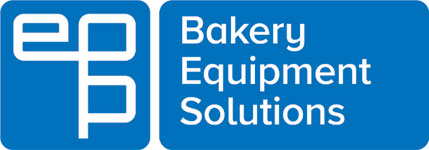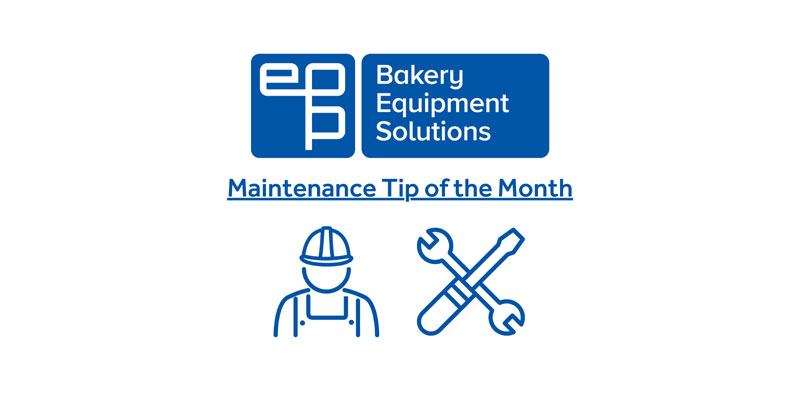At EPP, maintenance checklists have transformed operations for many of our customers, shifting from reactive fixes to a proactive approach that safeguards assets, reduces downtime and supports business continuity, while saving costs.
A maintenance checklist is essential for a structured, proactive approach to asset care. It enhances safety, prevents costly emergency repairs, extends equipment lifespan, ensures regulatory compliance, and supports operational efficiency. By offering a systematic way to track tasks and spot issues early, it helps avoid oversights, streamlines processes, and ultimately saves time and money.
Using a checklist ensures consistency by providing a standardised list of items to inspect, reducing the risk of missing critical components. It supports preventative maintenance, helping to resolve minor faults before they develop into major breakdowns, thereby reducing downtime and repair costs.
Regular checks also improve safety and compliance by ensuring equipment remains in safe working order and meets health and safety regulations. A structured approach boosts efficiency, allowing technicians to work more quickly and focus on higher-value tasks.
Consistent maintenance delays wear and tear, extending the useful life of machinery. Checklists also aid planning and organisation by offering a clear framework for scheduling, tracking, and budgeting maintenance activities. Additionally, they support reporting and troubleshooting by providing a reliable record of completed tasks and identified issues.
At EPP, we provide tailored maintenance checklists to support our customers to work efficiently and safely. Our approach helps to ensure regular inspections, preventing costly breakdowns, and supporting maintenance compliance. This proactive approach ultimately saves time and extends equipment life.

